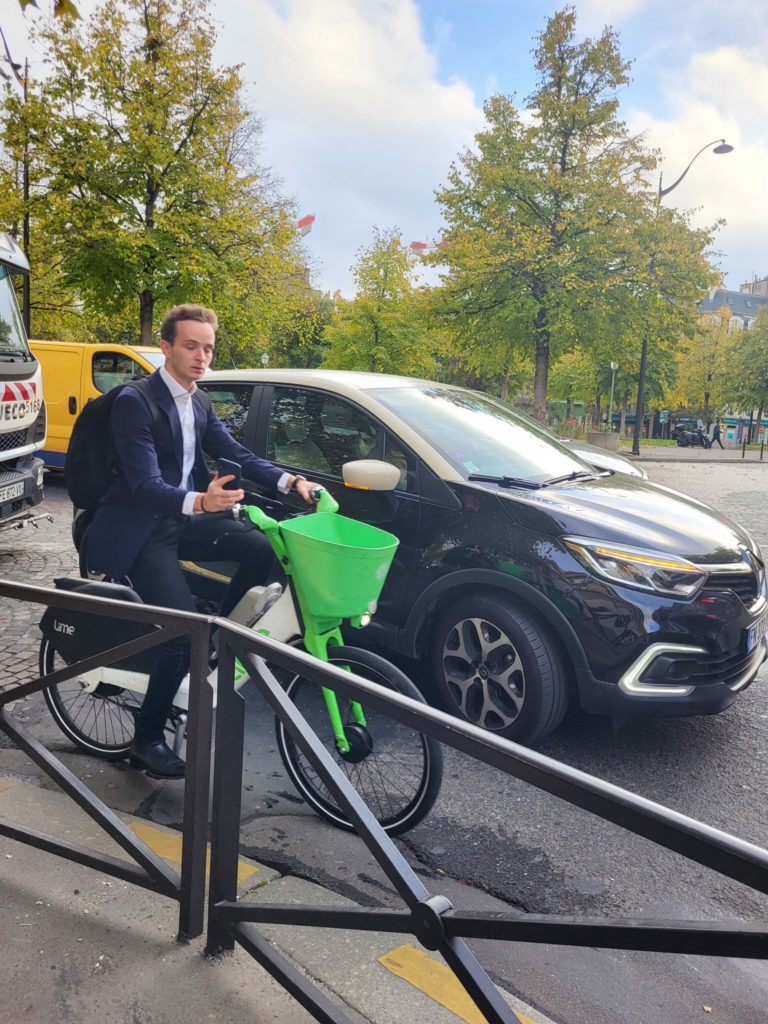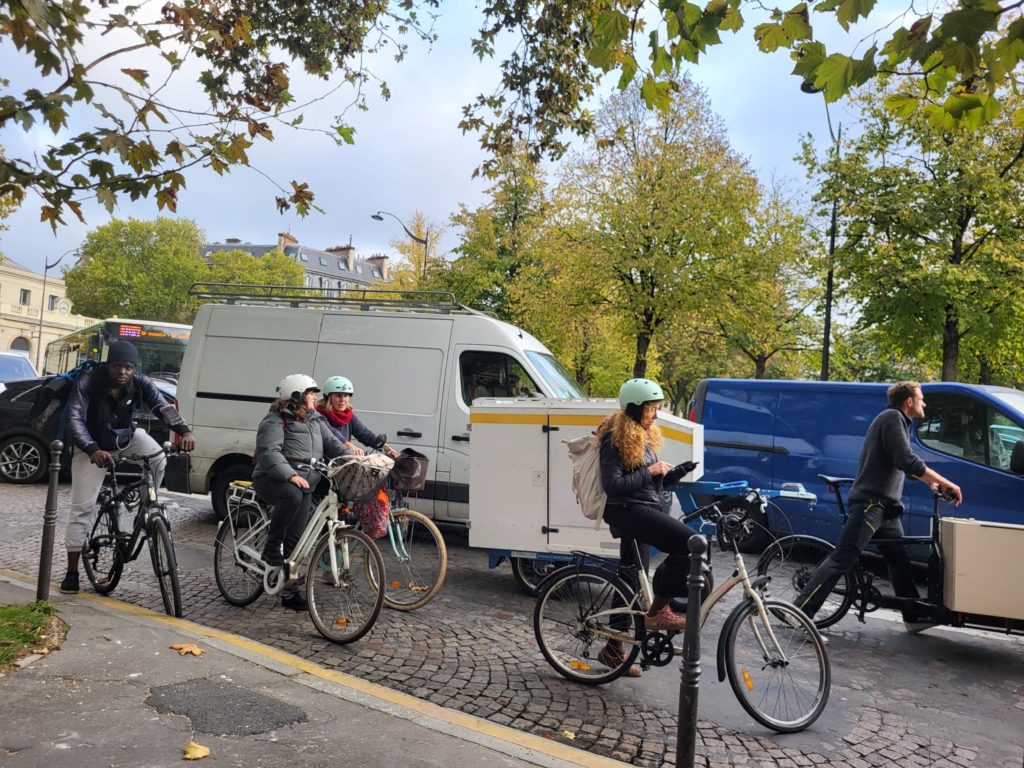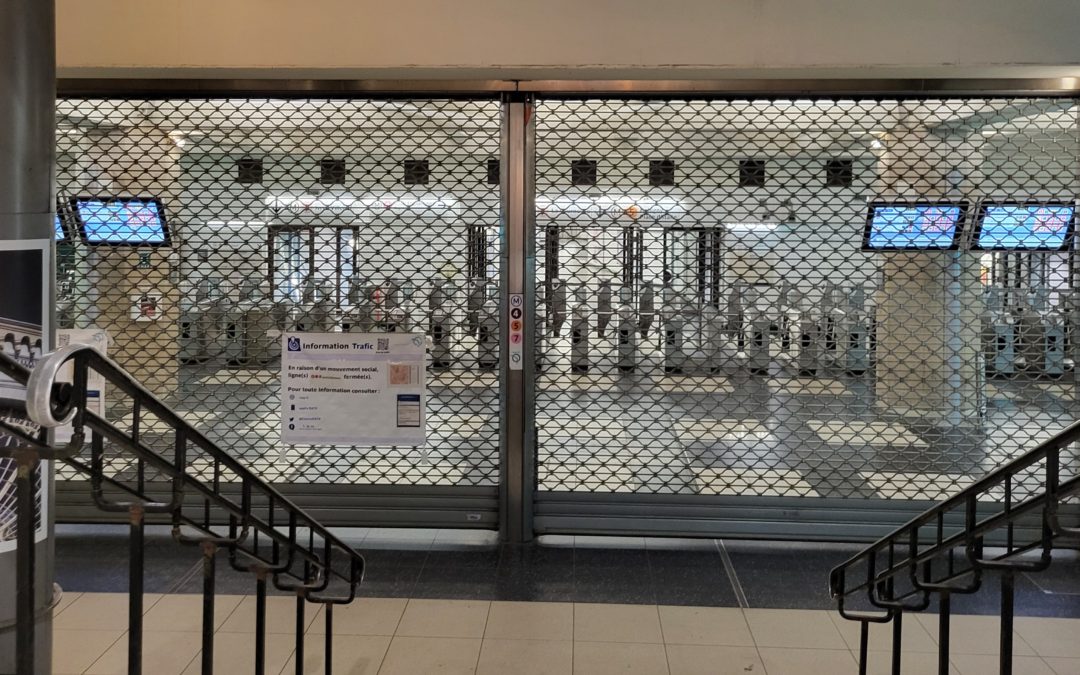I’ve always thought of Paris as a city that flows, and not just because a river runs through it.
Living here teaches you a kind of malleability and adaptability, in transport and otherwise, that is arguably less present in my confrontational native land.
Driving in Paris, for instance, is a series of merges and separations, requiring extensive peripheral vision and an ability to micro-adjust with aplomb. Road rage is not effective. The same principle applies on foot: At the grocery store or on a crowded sidewalk, you maneuver between passing pedestrians in a series of graceful turns and serpentines. Bumping someone’s shoulder doesn’t make them back down, nor does locking eyes.
This concept gets tested every time there is a major transit strike, when forced stops are the rule and flowing the exception, at least for car traffic. Last Thursday was the most recent example.

Many Métro and RER commuter lines didn’t run at all, and buses were less frequent than usual. Taxis were not to be found.

Yet people managed to get where they were going. My friend Allison describes the quintessential flow she adopted.
Some bus lines worked.

Bicycles were la mode, even more than usual, and it was a treat to see how riders integrated them with four-wheel-vehicle traffic.


Paris has more and more bike paths, which is great. Though bikes aren’t the only occupants. I rode mine to the Gare de l’Est on strike morning to see Louise as she changed trains on her journey from eastern France to Berlin, and discovered flowing was difficult on the path home.

By evening, the strike was still in full swing. Charlie and I took an Uber to an event not even three miles away. It took an hour. On the way back, we discovered that an RER line we had thought was closed was open. Transit time: 20 minutes.
Next time, we’ll explore all the flowy options first.

Thanks for your post. While frequent visitors to Paris one never has the grasp that you have as one who lives there and calls it home.
Thanks so much!
Love it and the fond memories that came back
Thanks so much, Joe!